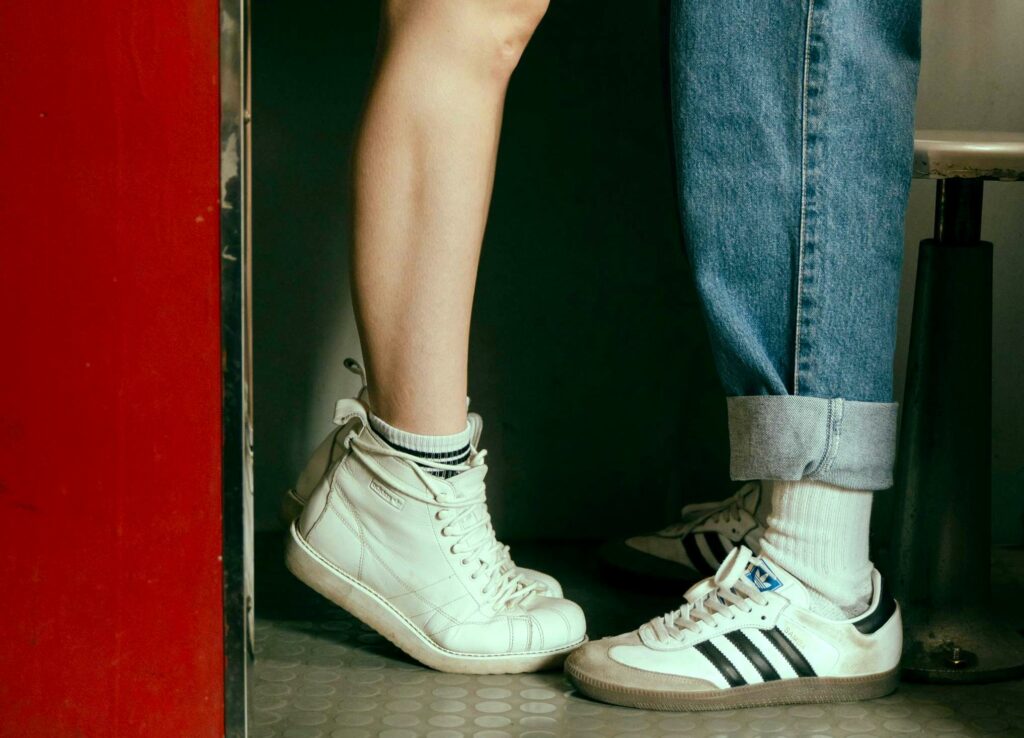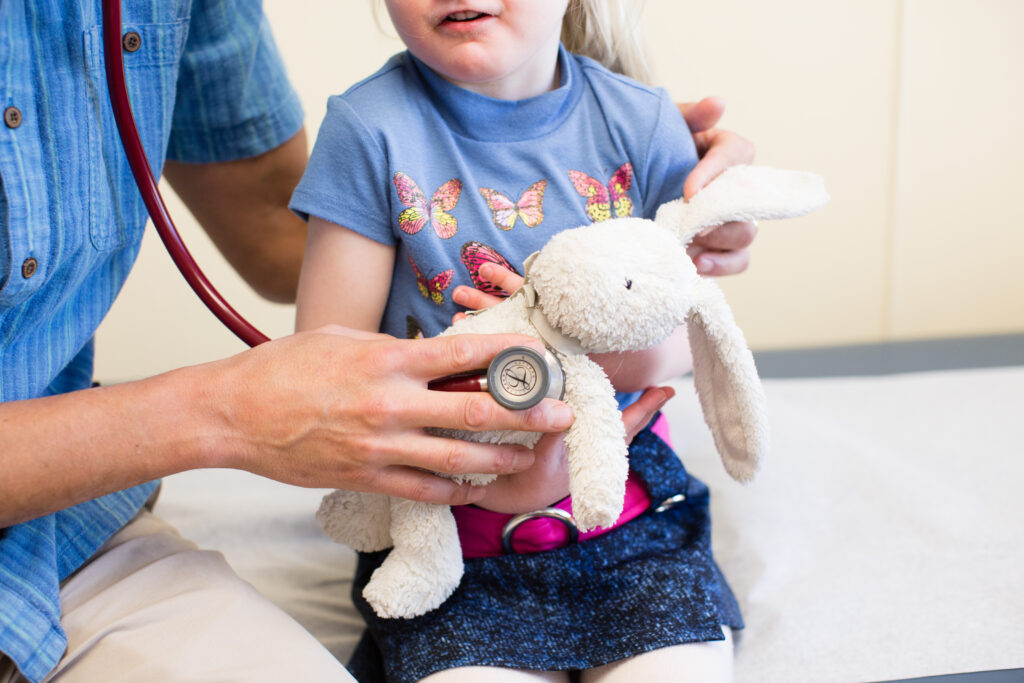Babies and toddlers are incredible explorers, so it’s important to baby proof your home so they can explore safely.
New parents, and even experienced parents, can easily be caught off guard by the things a baby or toddler can get into. They are little adventurers and scientists—experimenting and learning about the world around them through action and play.
But, they don’t know anything about safety, and unfortunately that can be very dangerous and deadly. They’ll reach out and touch a flame, pull furniture down on themselves, stick objects into electric sockets, or fall down the stairs without any thought of their own safety.
Below are some of the most common home hazards for you to keep in mind and baby proof before your baby arrives.
When to Baby Proof Your Home
The easiest and best time to baby proof is before your baby arrives. It will be several months after your baby is born before they’ll start moving around on their own. However, you’ll have have an easier time installing baby proofing devices when you aren’t also trying to keep an eye on a baby.
As your baby grows and becomes more mobile, you’ll find you’ll have to tweak some of your baby proofing. As they learn to stand, walk and climb, you’ll find you need to baby proof higher up. You’ll find your child using chairs and shelves to climb to grab things they could not reach before, like poisonous plants or breakable objects on a shelf or counter.
Securing Furniture
It’s incredibly important that you check your furniture and make sure you secure it to the wall. Heavy furniture, such as TVs, bookshelves, and stoves can easily tip over and crush a child.
Dressers may seem sturdy, but your child can easily tip them forward when their drawers are out.
Install anti-tip brackets on any large furniture with a tip risk. Make sure when you install the device that you screw it into a wood stud and not just the drywall.
Some furniture can have sharp corners, so you can add soft covers or bumpers to prevent injuries.
Crib and Bedding
Your baby will spend a lot of time in their bed unattended, so you need to make sure it is a space space for them. Use our crib guide to make sure you have a safe space for your baby to sleep.
Electric Outlets and Electric Cords
Electric outlets and cords are typically within a baby’s reach and very tempting to play with. Any electrical outlets should have a safety plug.
A child may chew on electric cords or try to cut them with scissors. Keep them out of sight and out of reach. You can move furniture in front of them to prevent access as well.
Doors and Controlling Access
Install safety door knob covers on the doors to rooms your child should not enter. This is especially important on doors that lead outside so your child cannot leave the house unattended.
If you have drawers or cabinets that have sharp or unsafe objects in them, install child safety locks on the doors and drawers that can be easily removed when the child is older.
Poisons in Your Home
Babies will put just about anything in their mouths. Unfortunately, our homes are full of items that are dangerous to ingest.
Check your kitchen, laundry room, and bathrooms. Make sure any alcohol, cleaning products, detergents, medicines, nail polish remover, cosmetics, and other poisonous substances are out of reach or locked with a safety latch.
If your child plays in the garage, make sure any fertilizer, oils, gasoline, pesticides, or mouse poisons are also kept out of reach.
If you have cannabis or any controlled substances in your home, keep it in locked containers or cabinets and out of reach of children.
Baby Proofing Windows
Window coverings, such as blinds or drapes, that have cords are a strangulation risk, even for older children. Cut any cords that have loops and equip them with safety tassels. Install wall brackets up high so you can wrap the cords out of your child’s reach.
If you open your windows, it’s critically important to remember that screens will not keep your child from falling out the window. Open your windows from the top if possible. If not, install operable window guards.
Keep in mind a child will climb chairs, tables or any other furniture, so furniture should not be placed in front of a window.
Stairs
You will need to install safety gates at both the top and the bottom of stairs. You’ll need these gates for several years, so you’ll want to get gates that you can swing open and closed easily like a door.
Guns
A home without guns is the safest home. If you do have guns in your home, make sure they are properly stored and locked.
Fire Hazards
Make sure all fire hazards are out of reach of your child and you have carbon monoxide and smoke detectors installed on every level of your home.
Workout Equipment
Cardio equipment, such as stationary bikes, elliptical trainers, and treadmills can cause serious and even fatal injuries to small children. Make sure they are unplugged and any safety keys are left out of reach.
Power cords and heart rate monitors can also pose a strangulation risk and should not be left out or in reach of children.
Bench press bars and heavy weights should be secured or stored on the ground where they cannot fall on small bodies.
If possible, lock your workout room or relocate your equipment to an area where your children do not play.
Small Objects
Anything that can fit through a toilet paper roll is a choking hazard for children. Make sure any small objects are not left within reach, such as coins, legos, buttons, and pins.
Batteries and magnets are especially deadly if swallowed and should not be left in reach of small children. Make sure you know which items in your home contain button or lithium batteries and keep those out of reach of children as well.
Pets and Pet Food
Before your baby arrives, create a safe space for your animal that is out of reach of your child. This may be a gated area for a dog or if you have a small caged animal, make sure it is not accessible for children.
Making sure dog and cat food and cat litter boxes are in an area a child cannot reach. This will not only keep your child from ingesting these things but also prevent any unnecessary stress for your animal, who may bite or injure your child to protect their food.
Contact Pediatrics West
If you are pregnant, we encourage new parents to visit our office for a prenatal visit to meet our board-certified pediatricians. To learn more about Pediatrics West and how to schedule an appointment, visit our prenatal page.


